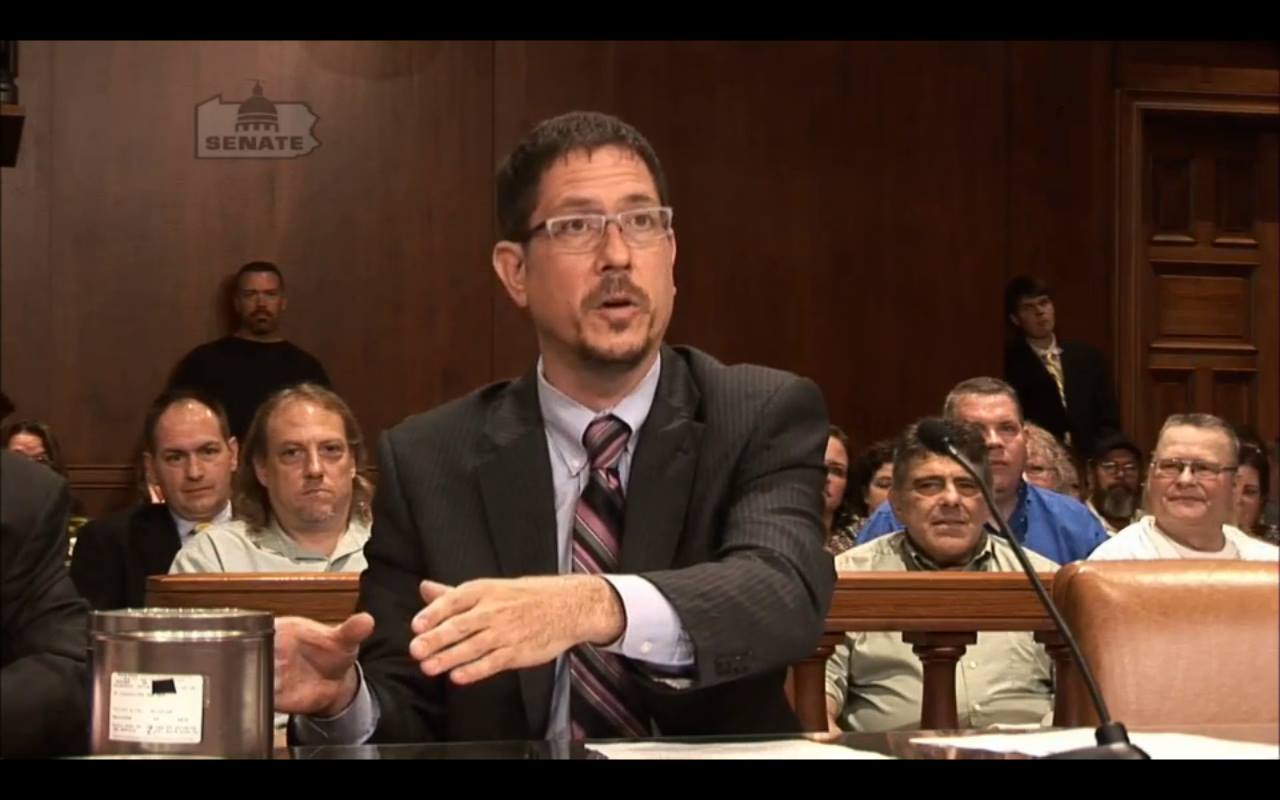Top Federal Crime Lawyer: Specialized Legal Protection for Federal Offenses
Top Federal Crime Lawyer: Specialized Legal Protection for Federal Offenses
Blog Article
Demystifying the Refine of Federal Appeals: What You Required to Know
Browsing the intricate realm of federal charms can usually look like passing through undiscovered waters for those not familiar with the procedure. Understanding the nuances of appellate court jurisdiction, the complexities of submitting a notification of allure, offering an engaging brief, and making a persuasive oral argument are important elements that can dramatically influence the end result of an instance. By unraveling the layers of complexity surrounding government allures, people can obtain a more clear understanding right into the devices that control this essential phase of the lawful system.
Recognizing Federal Appeals Refine
Looking into the elaborate realm of the federal appeals procedure introduces a organized and systematic journey through the judicial system. Federal appeals act as a crucial device for assessing choices made by reduced courts. Recognizing this procedure is necessary for any individual entailed in legal proceedings at the federal level.
The procedure commonly starts with a celebration dissatisfied with a reduced court's judgment filing a notification of allure. This activates a review by a higher court, where a panel of judges examines the legal disagreements provided by both parties. Briefs laying out the legal reasoning behind each event's setting are submitted, and dental disagreements may be heard to make clear intricate concerns.
The appellate court's decision is based on an extensive assessment of the lower court's procedures and the disagreements presented. Once the appellate court reaches a choice, it can attest, reverse, remand, or customize the lower court's judgment, giving clearness and finality to the legal dispute.
Appellate Court Jurisdiction Clarified
As we proceed from recognizing the federal appeals procedure to studying the ins and outs of appellate court jurisdiction, a fundamental facet emerges concerning the authority and limits of these greater courts in the legal landscape. Appellate court jurisdiction describes the range of cases that a certain appellate court has the power to decide and assess upon. Unlike high court that hear instances for the very first time, appellate courts are restricted to examining decisions made by reduced courts. These decisions can consist of judgments from both state and federal courts.
Appellate courts have jurisdiction over details sorts of instances, usually those involving legal mistakes, procedural problems, or questions of legislation instead than factual disagreements. The jurisdiction of appellate courts is normally outlined in statutes and regulations that govern the court system. Comprehending appellate court jurisdiction is critical for parties included in the allures process as it figures out whether an instance is eligible for evaluation and the level to which the appellate court can interfere in the lower court's decision.
Declaring a Notification of Appeal
The preliminary action in starting the federal appeals process includes submitting a Notification of Appeal with the suitable appellate court. This vital document formally notifies the court and the other celebrations associated with the instance that the appealing party intends to seek an evaluation of the lower court's decision. Filing a Notification of Charm is a rigorous step-by-step need that establishes the appellate process moving.
When preparing the Notice of Appeal, it is vital to make sure conformity with the details regulations and standards of the pertinent appellate court. federal appeal attorneys. The file should usually include info such as the situation name, the lower court's name, the date of the judgment being appealed, and a succinct declaration showing the premises for the allure

Instruction and Dental Argument
In the appellate procedure, providing written briefs and taking part in dental arguments play essential duties in advocating for the appealing event's setting before the appellate court. Briefs are thorough legal records that detail the events' arguments, legal authorities, and analysis supporting their settings. These created submissions offer the court with a comprehensive understanding of the truths of the situation, the relevant regulation, and why the appealing party thinks the lower court's decision must be overturned.
Complying with the entry and review of the briefs, oral disagreements supply the parties a chance to more clarify their placements, address any type of concerns the appellate courts might have, and highlight bottom lines from their written briefs. Oral disagreements are an opportunity for the lawyers to encourage the judges through verbal advocacy and reactions to queries from the bench.
Both the created briefs and dental debates are essential elements of the appellate process, enabling celebrations to provide their instance extensively and compellingly prior to the appellate court. - federal appeal lawyers
Receiving the Appellate Court Decision
Upon completion of oral arguments and submission of written briefs, the next pivotal phase in the appellate procedure entails waiting for the crucial judgment from the appellate court. This duration of expectancy can be filled up with a mix of stress and anxiety and expect celebrations included in the appeal. The appellate court's decision is typically delivered in a written layout and lays out the court's verdicts on the lawful problems presented, the thinking behind their choice, and the judgment made. The time frame for obtaining the appellate court's choice can vary, but courts strive to give prompt resolutions. When the decision is released, celebrations should thoroughly review the court's judgment to comprehend the outcome and determine any kind of additional steps that might be required. Whether the appellate court affirms, turns around, or remands the lower court's decision, recognizing the ramifications of the judgment is vital for all celebrations involved in the appellate procedure. Without delay evaluating and understanding the appellate court's decision is essential in navigating the following steps in the lawful proceedings.
Conclusion
Understanding the appellate court jurisdiction, filing a notice of charm, preparing briefs, and providing dental disagreements are all crucial components of this process. Ultimately, receiving the appellate court decision can offer clearness and resolution to legal disputes.
As we progress from understanding the federal appeals process to dissecting the intricacies of appellate court territory, a basic facet comes to light hop over to these guys pertaining to the authority and restrictions of these greater courts in the legal landscape. Appellate court territory refers to the scope of cases that a certain appellate court has the power to assess and determine upon. Unlike trial courts that hear cases for the first time, appellate courts are limited to evaluating decisions made by reduced courts. Understanding appellate court jurisdiction is critical for parties involved in the appeals procedure as it figures out whether a situation is eligible for evaluation and the degree to which the appellate court can intervene in the lower court's choice.

Report this page